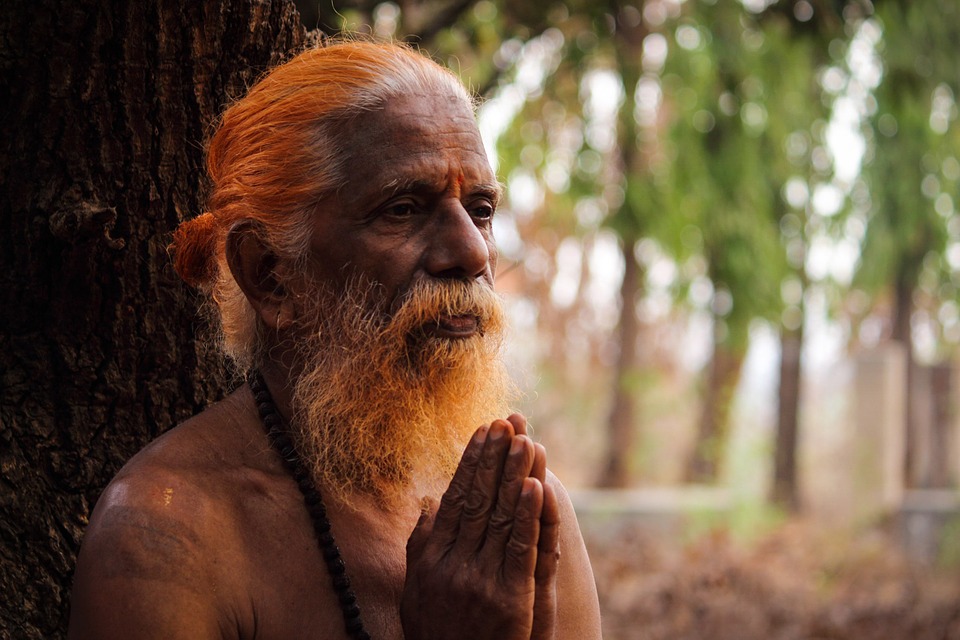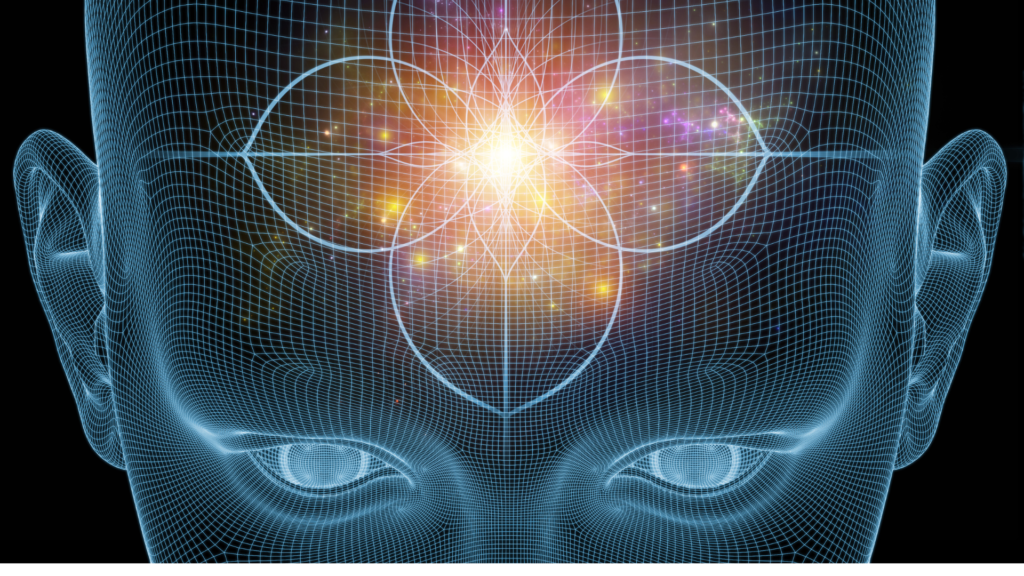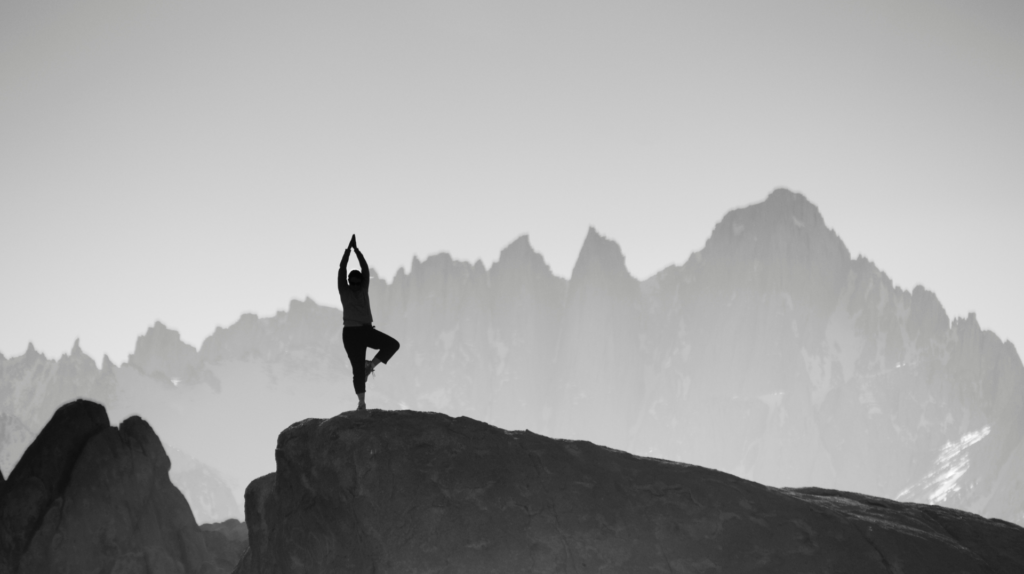Patanjali Yoga Sutra Chapter 4 – Kaivalya pada
- Siddhis (supernatural powers) may be obtained by birth, medicinal intervention/ drugs, mantras, tapas or meditation.
- Internal transformation from one stage to another is created by overflow.
- External signs do not signify change of one’s nature. To change, one needs to be like a farmer and cut a wedge at the edge of the rice field and let the water in to irrigate the field.
- Creation of mental activity comes from the sense of “I” (asmita) alone.
- The difference in application of stimulus comes due to the logical ability of transforming one to many.
- There concentration destroys craving.
- Karma for a yogi is neither white nor black. For others, it is 3 fold (black, white or mixed)
- Manifestation is based on one’s innate tendencies (vasana) and this occurs when the guna constitution (anu-guna) attains maturity.
- Social standing, place and time may cease but this cannot interrupt images and impressions in one form/ being from continuing.
- The desire to exist is without beginning or end.
- Cause and effect are based on external contact. When they are rendered nonexistent, the entity ceases to exist.
- Past and future exist. Dharma (existential conditioning) occurs on account of choices in the path.
- The subtlety of their development depends on the quality of the Gunas (attributes) in the Soul.
- The unique consequence of any entity depends on its existential essence/ properties (tattva).
- The same entity is found to be different on account of the diversity in cognition, as they may take different paths to the same object.
- No one entity is dependent on the perception by a single cognition, for if it were not perceived, what will happen to the entity?
- The ability of stimulus to provoke a response is driven by expectations and the knowledge or ignorance of its character.
- Always, even as mental activity occurs, the Soul (purusha) knows that it is its own master (tat-prabhoh).
- It is not a splendid or perceptible object.
- In the same situation, both cannot be accurately ascertained.
- That which is seen inside the mind of a perceiver cannot be perceived as the perception of another as this would result in confusion of remembrance.
- The true self does not change but stays in full awareness of itself unlike the chitta (feeling of sensation) which is constantly moving around.
- The colours/ capabilities of both the seer and the seen are observed by the Self (chitta) which is able to cognise the true meaning.
- That the chitta (feeling of sensation) is able to create many wonderful desires of various purposes and meanings because of its ability to connect.
- For a person who has seen the true Self, other desires cease.
- When the inclination for discrimination increases, the chitta (feeling of sensation) moves towards liberation.
- Owing to Samskara, this fundamental concept is breached by other inclinations.
- The method of removing obstacles to the liberation were described.
- Attaining deep insight into one’s own dharma (conditioning) while remaining undisturbed through discernment (vivekam), is “dharma megha samadhi” or “liberation attained by treating Dharma like a cloud”.
- Thus, obstruction arising from karma (consequences of action) is destroyed.
- Then the veil covering all imperfections are removed, insight of infinity revealed, making all other knowledge, negligible.
- Then, all action, objectives, transformation and succession merges with the Gunas (attributes).
- The uninterrupted succession of change will terminate into the recognisable Self.
- The purpose of material existence comes to nought without the constant involvement of the Gunas at each stage (pratiprasava). When liberation reveals itself, the consciousness merges into Shakti.



